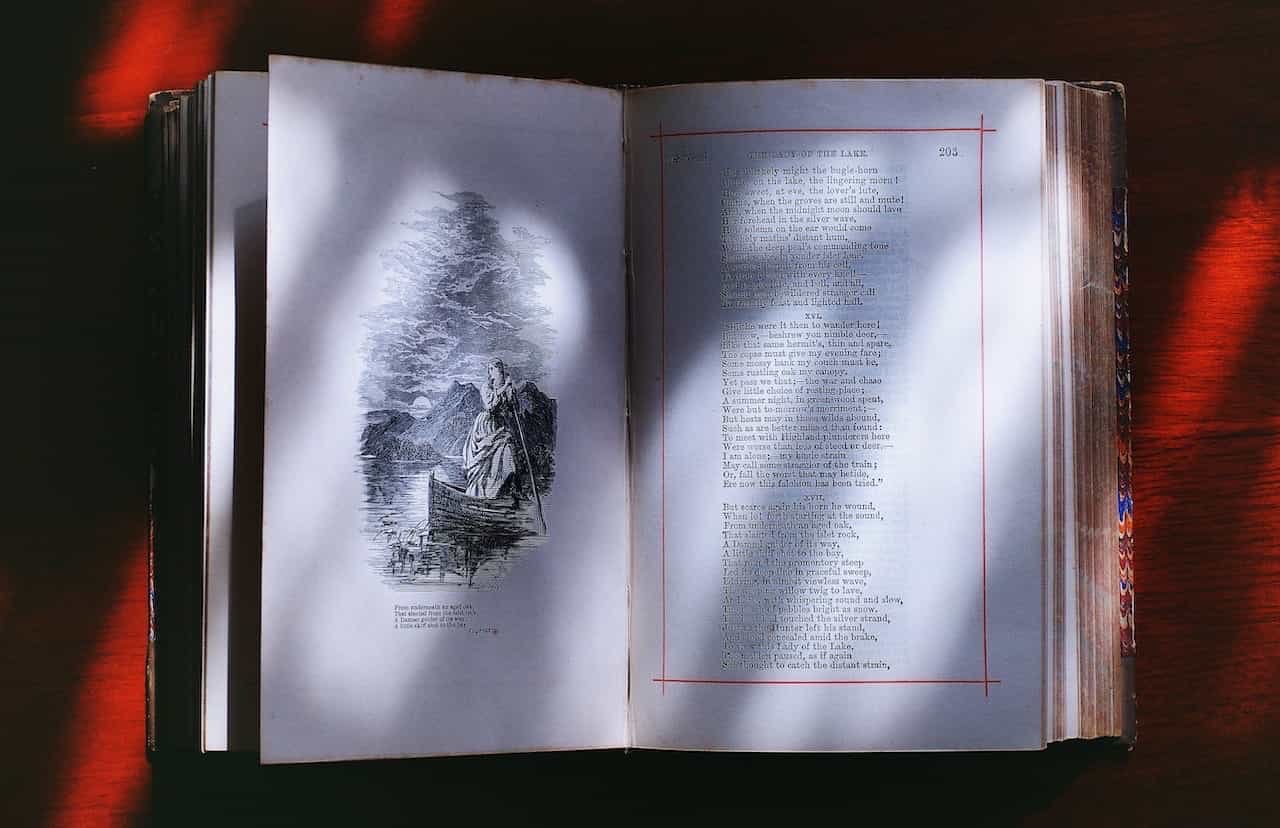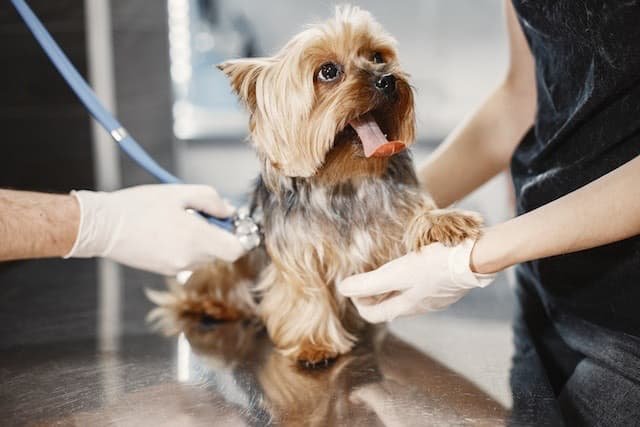TABLE OF CONTENTS
Gastritis in Small Animals
Gastritis in small animals (dogs, cats, etc.) is the inflammation of the gastric mucosa. It may be classified into acute and chronic types.
Etiology
Gastritis may be either endogenous or exogenous. The etiology of gastritis in small animals is classified as follows:
- Physical causes
- Infectious causes
Physical causes
Physical causes of gastritis are:
- Ingestion of spoiled food, garbage etc.
- Ingestion of foreign material: especially in puppies i.e., plastics, toys, ball etc.
- Indiscriminate use of NSAIDs like aspirin, diclofenac, phenylbutazone, ibuprofen etc.
- Corticosteroids, antibiotics also cause gastritis in dog and cats.
Infectious causes
Infectious causes of gastritis are:
- Bacterial: Most bacteria can’t sustain gastric pH, but Salmonella species can cause gastritis.
- Viral: Canine distemper, Parvo viral enteritis, Corona, Rota and even sometimes ICH cause gastritis.
- Parasites: Ascarids (The usual prediction site is the upper gastro-intestinal tract, but sometimes, if the worm load is high, they may migrate to the stomach and cause gastritis.)
- Allergic food: Egg albumin, meat protein etc.
- Other systemic disorder: Uraemia, chronic liver disorders, stress etc.
Note
It should be noted that the cause and etiology of gastritis in pets are various and can’t be listed here. A simple change in food may even cause gastritis, and a lot of systemic diseases also cause gastritis.
Pathogenesis
The causative agents cause irritation to the gastric mucosa, leading to inflammation of the gastric mucosa, resulting in recurrent vomiting, loss of fluids and electrolytes, dehydration, and hemoconcentration. If the irritant stays for a prolonged period, there will be increased secretion of HCl, further causing irritation to the mucosa. Increased secretion of HCl results in a loss of chloride ions, causing metabolic alkalosis and hypochloremia. If irritation still persists, then ulceration of the gastric mucosa is likely to develop.
Clinical Signs
Clinical signs of gastritis are persistent vomiting; Vomitus is initially mucoid, later becomes frothy, and then bile starts (since sometimes duodenal contents are regurgitated and come in vomitus, hence yellow-coloured). Other signs include lethargy, signs of dehydration, and sometimes haematemesis. Tachycardia, hyperpnea, and crouched appearance of the body are caused by pain at xiphoid region. When the abdomen is palpated, then signs of pain are pronounced. This is called a tender abdomen (sensitive to pain). In infectious diseases, along with these other associated signs, they are specific to the disease.
Diagnosis
The diagnosis of gastritis is made based on:
- History: History of ingestion of foreign body, administration of aspirin, concurrent
- diseases etc.
- Clinical signs: persistent vomition, type of vomitus and tender abdomen could be seen.
- Endoscopy: The best diagnostic tool in gastritis, Hyperaemic patches of mucosa can be identified through gastroscope.
Treatment
The treatment for gastritis is as follows:
- Withhold the food for 8–12 hours in order to provide rest to the gastric mucosa. Because induction of vomiting is common in response to food intake.
- Providing ice cubes / chilled water suppresses vomition.
- Fluid and Electrolytes: DNS is the choice for fluid and depending on dehydration administer fluid along with parenteral antibiotics.
- Antiemetics: Dopamine inhibitors like metaclopramide and domperidon or 5-HT3 anatagonists like ondansetron are used.
- H2 blockers (ranitidine, cimetidine, etc.) and proton pump inhibitors (Pantoprazole, omeprazole, rabeprazole etc.) decrease gastric secretions.
- Gastric sedatives protect the gastric mucosa by forming a layer on the gastric mucosa. Examples are preparations containing Mg(OH)2 and Al(OH)3 (Gelucil, Digene etc).
- If a foreign body is there, surgical intervention or endoscopy-guided retrieval is indicated.
- Feeding soft, palatable foods like curd rice and baby foods is advised.

